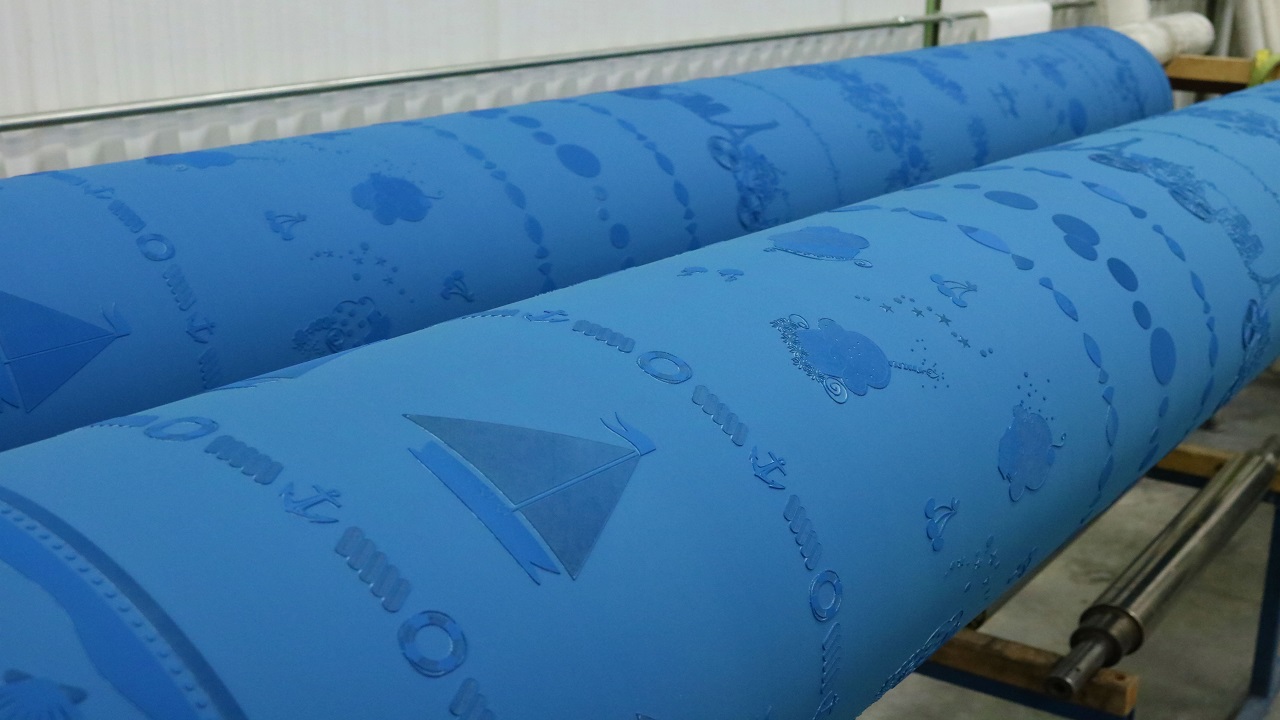People in the business of printing and making flexo plates should be familiar with the most effective methods of achieving high-quality prints on various mediums. It is possible to identify flexographic printing, the effectiveness of which directly depends on the choice of flexo plates. The types of plates are rubber and photopolymer, and they have properties that determine their suitability.
Rubber Flexo Plates
Material Composition
Rubber flexo plates are flexible and people use them in the flexographic printing business. People can construct these plates with synthetic or natural rubber. These plates can be used for a variety of printing applications and are renowned for their qualities.
Flexibility and Compressibility
Everyone knows that rubber tends to fit in place because of its super ability to compress. The benefit of using rubber plates is that they are flexible and squeezable to some extent. The rubber plates fit to the surface of the substrate during the printing process, especially if the surface is uneven.
Durability and Longevity
Rubber flexo plates are very hard to damage particularly when used in high production runs. They are not easily worn out and this helps in attaining high-quality prints, especially when printing many documents.
Image Quality and Resolution
Rubber plates can give reasonable image quality, but they have relatively lower resolution than photopolymer plates. This is because the rubber material that is used in the making of the molds cannot capture fine details.
Photopolymer Flexo Plates
Material Composition
Photopolymer flexo plates are composed of a light-sensitive polymer substance that reacts chemically with UV light. This is done by using a digital file to expose the plate to ultraviolet light, hardening the polymer in the areas that are illuminated.
High Resolution and Fine Details
Designers working in the industry know that photopolymer plates exhibit intense detail and high resolution in the images they hold, ready for printing. Photopolymer plates can be employed in applications requiring small fonts and fine graphics because of their high resolution.
Consistency and Accuracy
People prefer photopolymer plates because they are very accurate and precise. This is because the process involved is very accurate and each plate that is made replicates the design in the best way possible, which is important in getting the best print quality.
Versatility and Compatibility
The benefits of photopolymer plates include versatility in use and suitability with various substrates and ink types. It is suitable for use in flexography, labeling, and uneven board printing among other printing techniques.
Maintenance and Handling
People working with photopolymer plates should know that these are more resistant to chemical attack than rubber plates, but they are less resistant to physical damage. They are delicate products that require proper handling and storage. It involves washing the plates so that ink that may have settled on their plates is washed so that it does not affect the efficiency of the plates.
Conclusion
People working in the printing industry use both rubber and photopolymer flexo plates that have properties that make them suitable for use in different printing methods. Rubber plates are durable, wear-resistant, and offer good ink release making them suitable for use on various substrates and for high-volume use. Photopolymer plates give high resolution, fine details, and uniformity in prints which is ideal for applications that require accurate prints.
